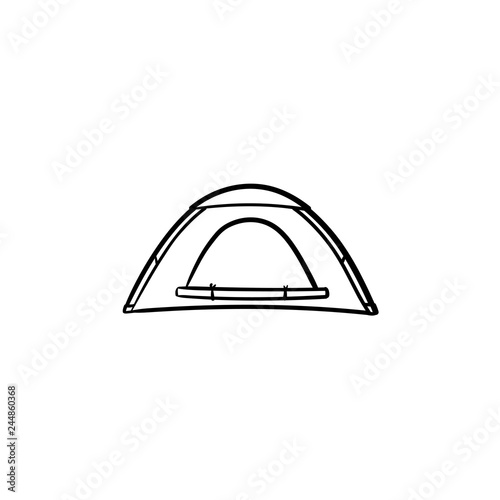The rainfall fly is a crucial component of your tent, shielding it from rain, wind and severe sunlight. Whether you select a large multi-room outdoor tents or light-weight backpacking outdoor tents, you'll locate that a top quality rainfly boosts your exterior experiences.
Seek a rainfly with resilient products and a high waterproof score. Consider the weight and packability of a rainfly when choosing it for backpacking journeys.
Sleeping Outdoor tents
A rainfly provides additional defense for your camping tent from unanticipated showers. Its design deflects rainfall and snow and helps avoid water from merging on the top of your tent. This can trigger the textile to sag and cave, causing leakages.
Modern rainfly fabrics consist of polyurethane or silicone layers to provide phenomenal waterproofing. Many likewise include secured seams to avoid water from dripping via stitching. Some even have reflective spots to aid you locate your tent in low-light problems.
Pick a rainfly that reflects the climate and camping problems you run into most frequently. For example, desert campers require a rainfall fly that obstructs wind and UV rays. Backpackers should consider ultralight rain flies to lessen pack weight without endangering protection. Search for adjustable accessory factors that permit you to change the tension on the fly to guarantee that it is tight and located effectively to stop leaks. A well-positioned rainfly can also regulate temperature and minimize condensation inside the outdoor tents.
Tarpaulin
Tarpaulins are functional pieces of camping gear, and a tarp shelter can be one of the most comfortable choices for camp. Along with having the ability to be set up in countless means, tarpaulins additionally often tend to require less gear than tents and are much lighter in weight.
A major advantage to tarp shelters is that they allow for ample ventilation. While this can be a drawback for some campers, who might prefer to have a more encased room, it is a vital consider maintaining owners from overheating and lowering the build-up of condensation that can endanger the textile.
Similar to various other arrangements, when establishing a tarpaulin shelter, ensure the ridge line is set up at an angle to help direct rain and snow far from the sanctuary. An excellent ridgeline can additionally maintain wind from blowing the tarp around. Guarantee the tarp is secured properly with appropriate linking strategies, such as a prusik knot (or gliding knot), at elevations that produce sufficient head room and are not a stumbling threat, and incline the tarp properly for drainage.
Coverage
A rainfly is just one of one of the most crucial pieces of camping equipment to prompt any kind of trip. It safeguards your tent from climate that can promptly alter, allowing you to stay comfy and appreciate your wilderness adventures.
Modern rainfall fly styles provide more than simply water-proof security. Some have built-in solar panels to aid you maintain charged on the go, while others have flexible vents for air movement to minimize condensation build-up. Selecting a rainfly that fits your needs and preferences is critical for the total experience.
Try to find lightweight fabrics, such as nylon or polyester, and polyurethane coatings to enhance water resistance. Likewise consider the rainfly's head hydrostatic stress score, which helps you assess its capability to withstand rains and wind. Bear in mind that rainfall flies normally have to be cleansed after each use, since dust can wear on the water-proof layer. It's finest to tidy and shop it in a cool, completely dry location to stay clear of mold and mold.
Sanctuary
A rainfly is a vital tool for your hammock, safeguarding you from the components durability and guaranteeing that you can rest easily. When selecting a rainfly, think about the climate and problems in which you'll be camping. For instance, tropical atmospheres may need a rainfall fly that has high humidity and UV defense. Other factors to consider include textile type and weight. Try to find options that are light-weight and made from durable products that stand up to abrasions and spots.
If you do not have a rain fly, you can develop a makeshift shelter utilizing a tarpaulin. Nevertheless, it's ideal to set up your rainfall defense first prior to putting up the rest of your outdoor tents. This guarantees that you can swiftly and easily get in and out of your hammock in case of a sudden tornado or adjustment in weather. Likewise, make sure that your rain fly is appropriately anchored to avoid waving in the wind. Keep in mind that rain flies and insect webs ought to be cleaned up regularly to avoid mud, mold and mold and mildew from building up gradually.
